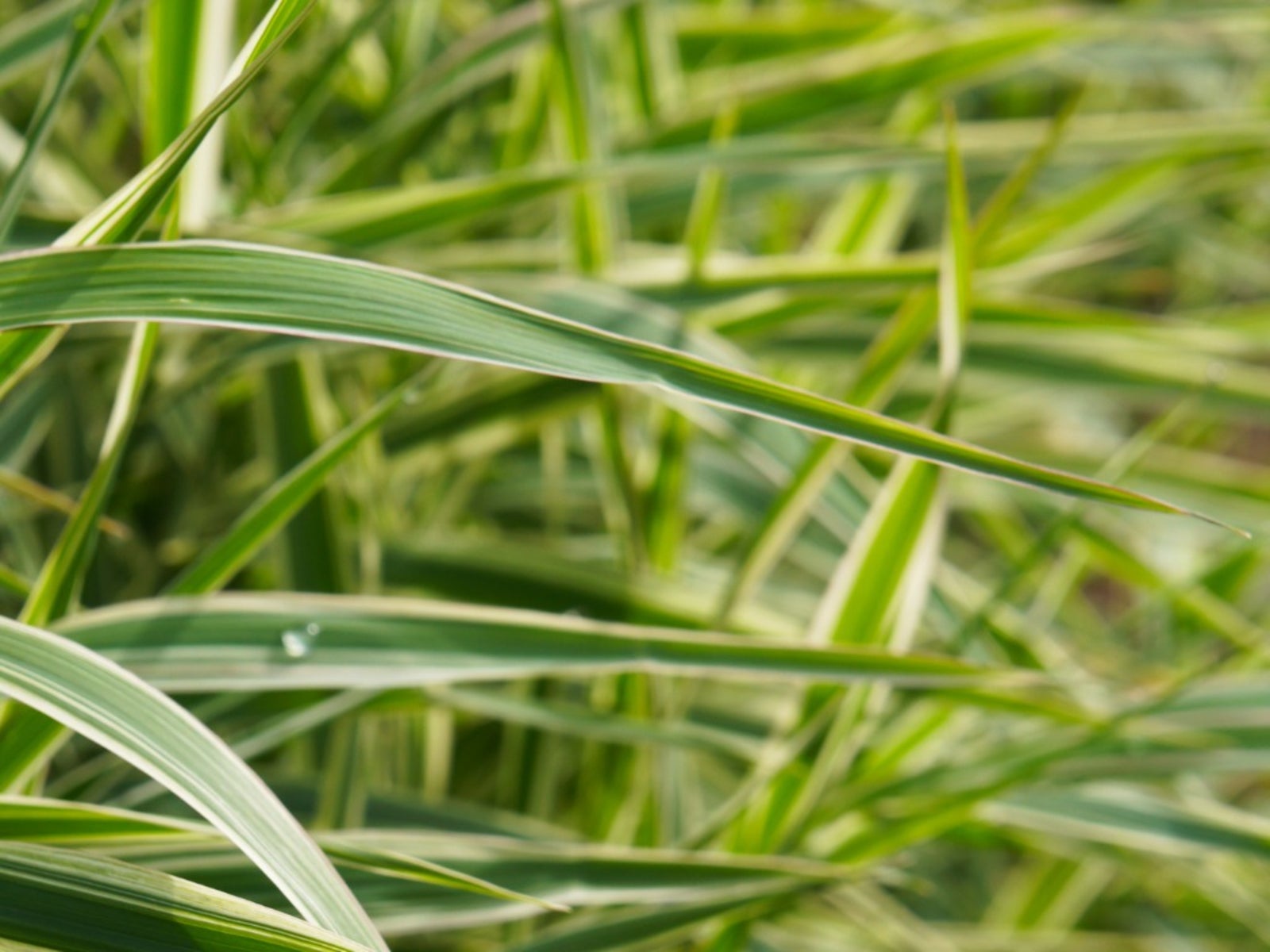What Is Japanese Sedge : How To Grow Japanese Sedge Plants
Japanese sedge plants are low-growing, clumping plants, with a tidy habit and tolerance to both bright and semi-shady locations. For versatile beauty, try growing Japanese sedge as a border, groundcover or accent plant.


Fans of ornamental grasses will recognize the value of Japanese sedge (Carex morrowii). What is Japanese sedge? This attractive sedge is useful in a host of landscape applications. There are many cultivars of this beautiful, easy-to-grow plant. Japanese sedge plants are low growing, clumping plants, with a tidy habit and tolerance to both bright and semi-shady locations. For versatile beauty, try growing Japanese sedge as a border, groundcover, or accent plant.
What is Japanese Sedge?
Japanese sedge plants are versatile, compact plants. Their main requirement is consistent moisture, making them appropriate for pond margins or water gardens. Once established, the plant is also drought-tolerant for brief periods.
Another bonus is Japanese sedge care, as it is a low-maintenance plant with deer resistance and few pest or disease issues.
Japanese sedge plants grow 12 inches (31 cm.) tall or more (some forms can achieve 24 inches (61 cm.) in height.). The plants have a moderate growth rate and achieve their maximum size in just a few years.
They have a tidy growth form, producing a mound of arching attractive foliage. Although not a true grass, this sedge plant has delicate, slender, evergreen leaves.
There are many forms from which to choose. The variegated form "Variegata" produces blades adorned with white leaf margins. There are also varieties with gold bands, silver stripes, and other decorative effects on the leaf blades. The flowers are not memorable, often hidden amongst the leaves, but are produced in spikes in spring.
How to Grow Japanese Sedge
Japanese sedge requires rich, moist soil. Plant either in full sun or partial shade. This sedge looks lovely when planted beneath trees and shrubs. Japanese sedge is reliably hardy in USDA zones 6 to 9, but with protection, a few forms can thrive down to zone 5. In northern regions, plant the sedge on a southwestern area of the garden where it is protected from winds. Use a thick layer of organic mulch just around the root zone. As an evergreen plant, growing Japanese sedge with perennials provides much needed texture during the winter months. The brighter forms such as 'Gold Band' will enhance the darker, shadier areas of the garden with bright yellow accented leaves.
Sign up for the Gardening Know How newsletter today and receive a free copy of our e-book "How to Grow Delicious Tomatoes".
Japanese Sedge Care
Extreme drought or heavily sodden soils should be avoided with this plant. These conditions can adversely affect the health of the sedge and cause fungal issues.
Water the plant when the top of the soil is dry to the touch. Water deeply, but infrequently, to allow its roots to spread and establish.
Pruning is not necessary but will enhance the appearance of new foliage in spring. Prune time is late winter to very early spring.
The centers of the plant may die out and fail to produce new leaves after several years. This indicates it is time to divide the plant. Division can take place every two to three years in spring. Individual clumps are then planted singly to produce brand new plants.
Sedges, grasses, and many perennials are wonderful this way. Over time, they multiply and supply the gardener with new specimens to share or populate the landscape for free.

Bonnie Grant is a professional landscaper with a Certification in Urban Gardening. She has been gardening and writing for 15 years. A former professional chef, she has a passion for edible landscaping.